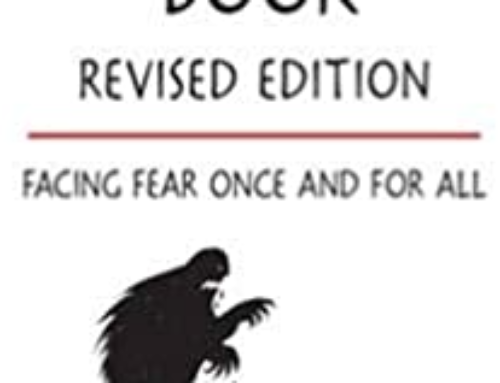Reading Notes & Thoughts from…
“Elon Musk Thinks Every Child Should Learn about these 50 Cognitive Biases”
By Jessica Stillman , Inc Magazine
— — — — — — — — — — — — — — — — — — — — — — — — —
Framing Effect. Drawing different conclusions from the same information depending on how it’s framed. This one is SUPER tough. It’s in almost everything we do. Everything we perceive. Everything we have perceived since we were little.
Our brain has been building context-based “this equals that” connections since we were born. Which is why the Framing Effect increases with age. From birth through death.
With Framing Effect we are influenced more by the presentation than the substance of the pertinent information. Moreover, individuals are more likely to desire risks when the information is framed negatively, but seek to avoid risks when the information is framed positively.
Examples
Following are some instances wherein the framing of the same information can lead a person to choose one option over another:
While looking for a disinfectant, you choose a product which claims to kill 95% of all the germs, over one which claims that 5% of the germs will survive.
You’re concerned about your blood sugar level, and you choose a chocolate that is ‘90% sugar-free’ over one that is ‘10% sugar.’
You are required to decide between two elective courses for your final semester in college. You are determined to maintain your high GPA, and you talk with the professor of each class. One tells you that 20% of the students procure A’s while the other tells you that 80% of the students fail to get an A. You choose the former over the latter.
Stereotyping. Just what it sounds like — having general beliefs about entire groups of people (and applying them to individuals whether you know them or not).
Outgroup Homogeneity Bias. Seeing the diversity within the groups to which you belong but imagining people in groups to which you don’t belong are all alike. This can be as simple as “‘s want to (something horrible).” Or “‘s believe (something unimaginable).”
Here’s the thing. Not ALL of them agree to believe in that. Though there is a tendency to group them that way. Oh, but within OUR group WE are way more reasonable and nuanced.
Authority Bias. Putting too much stock in authority figures. Robert Cialdini did a number of great field studies on this. From people following someone in a suit into traffic to TV commercials of people believing an actor in a lab coat just a bit more.

